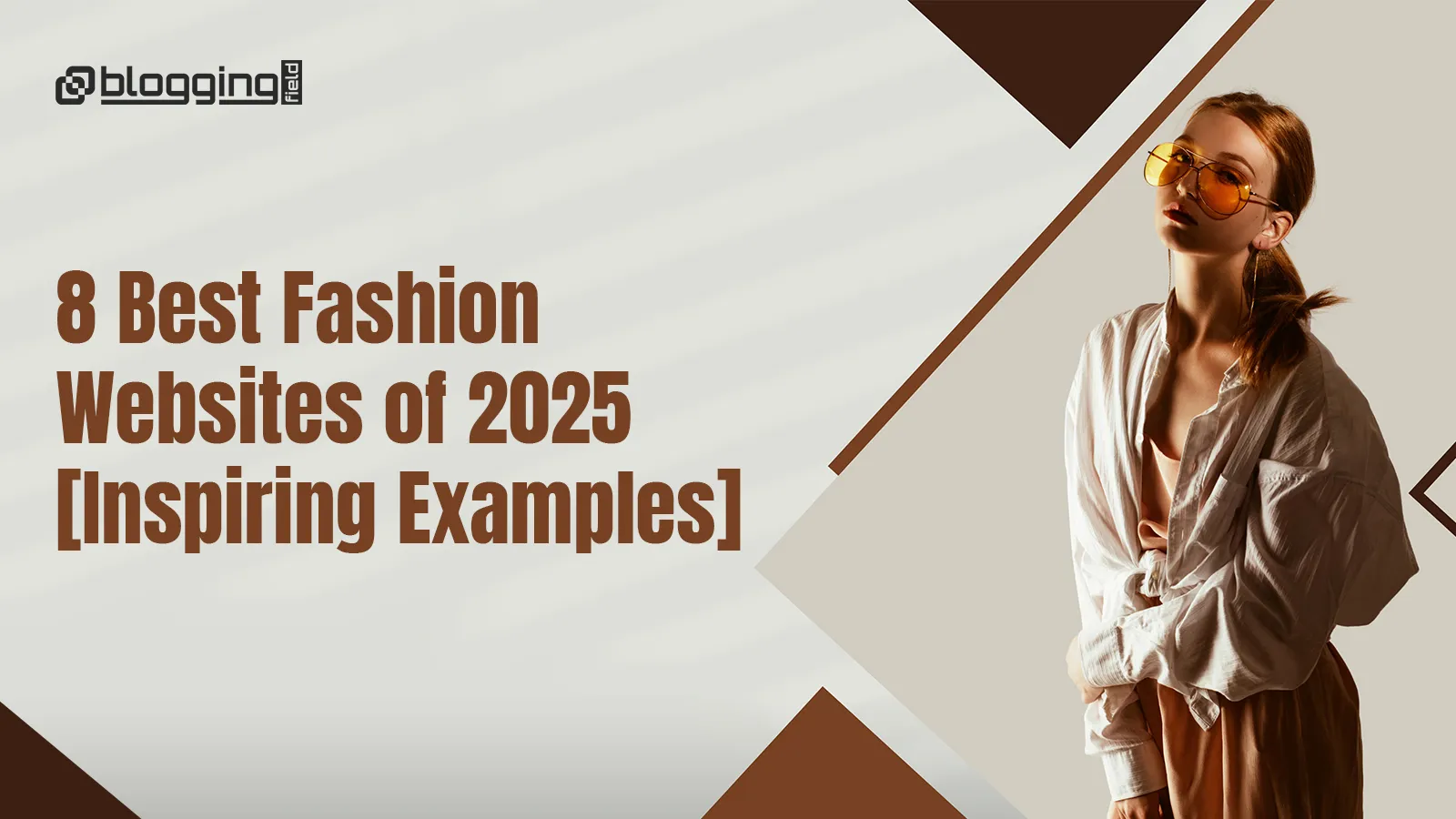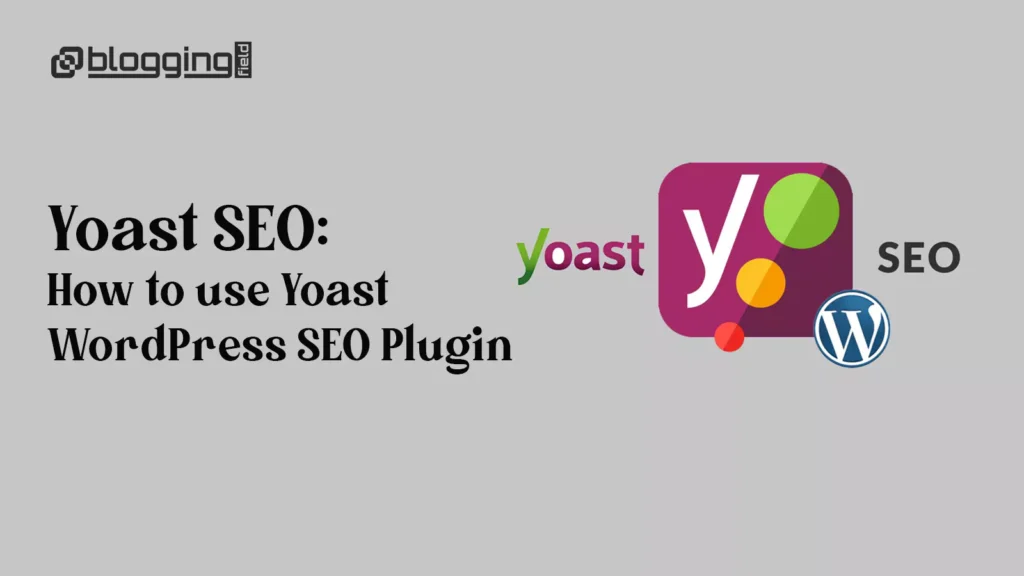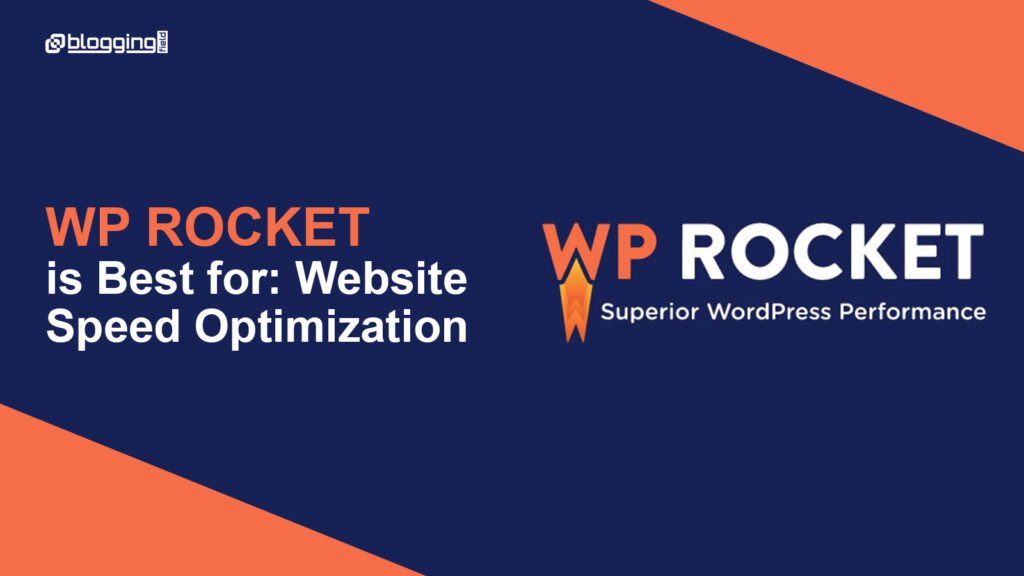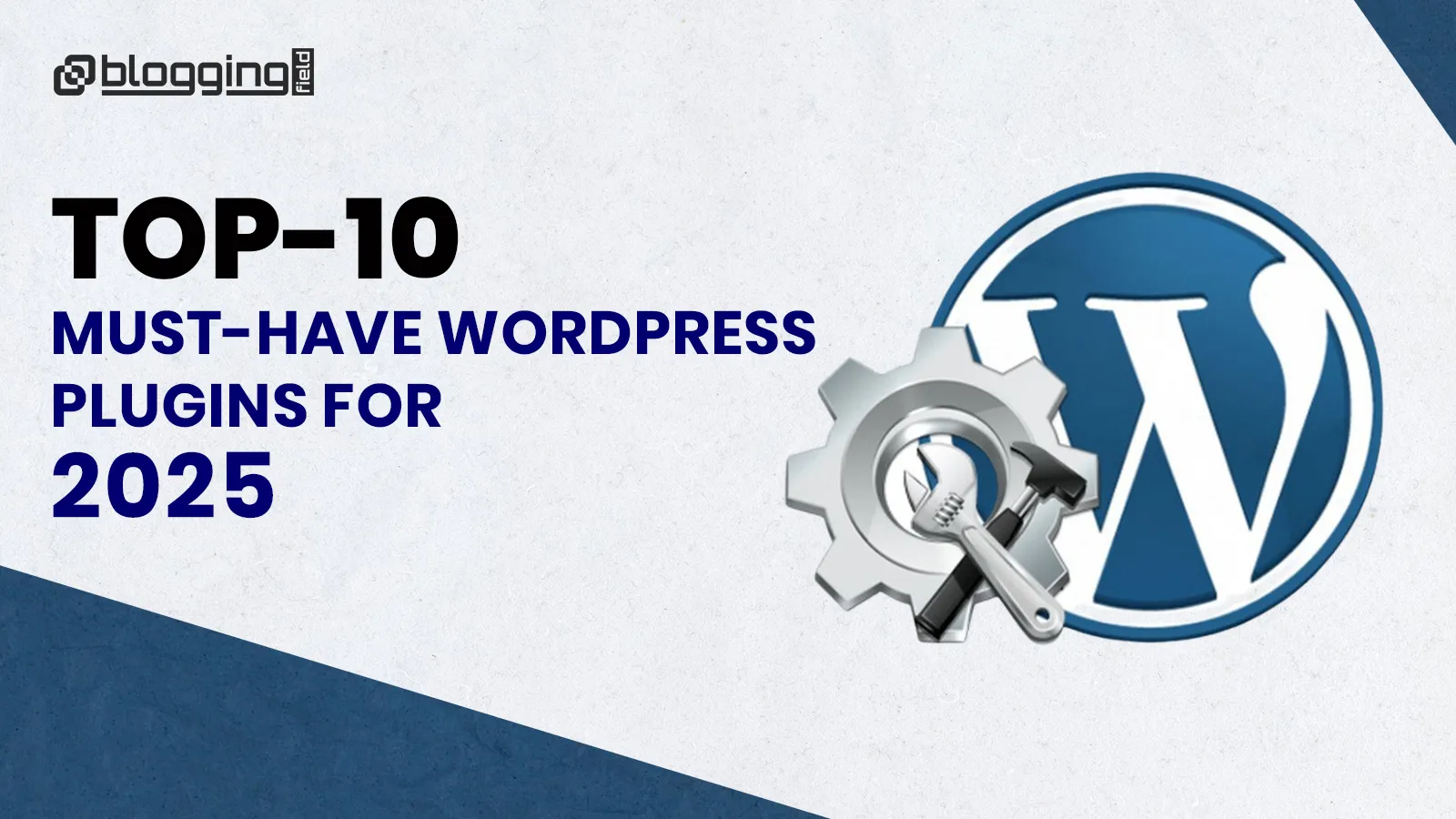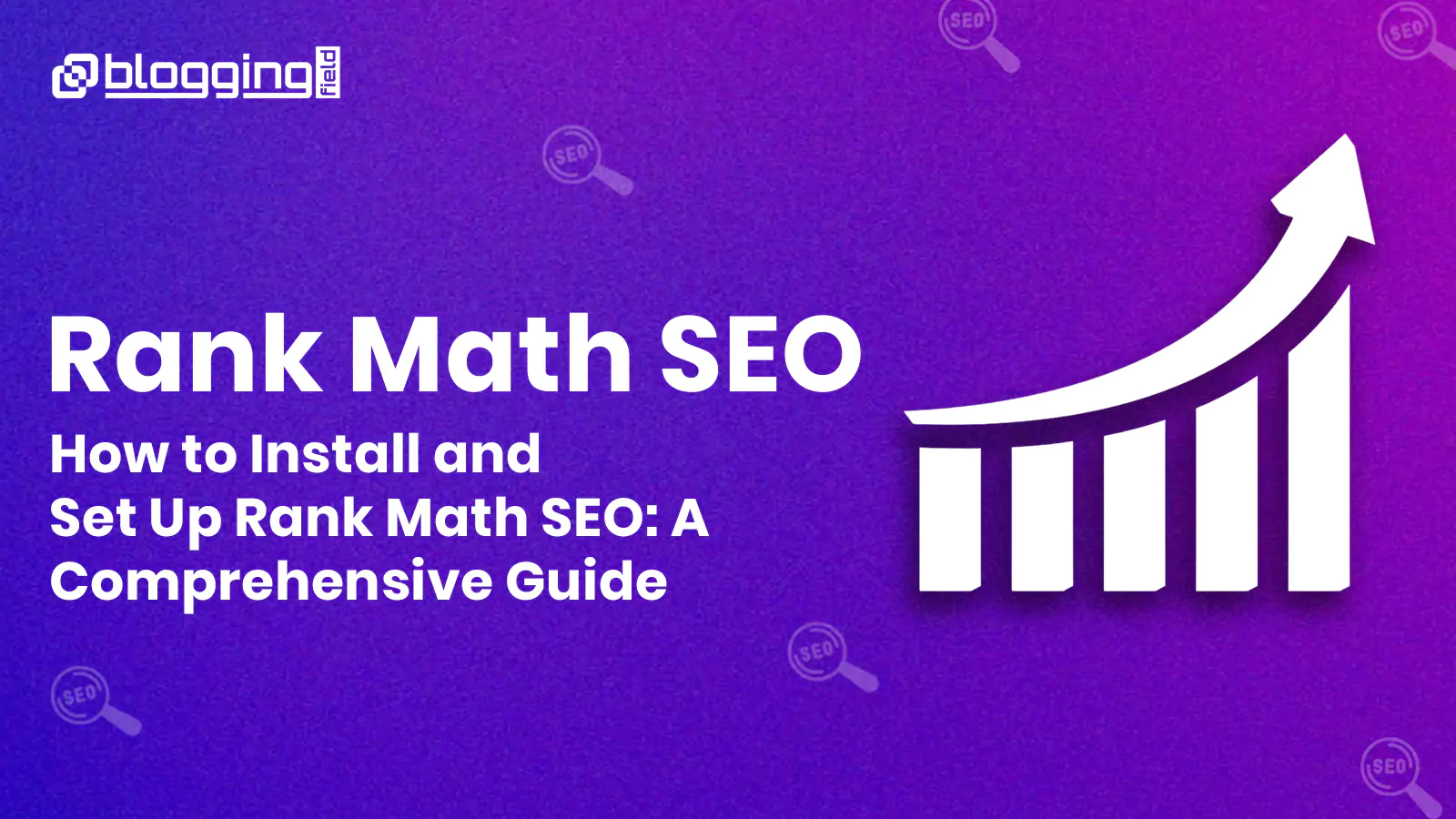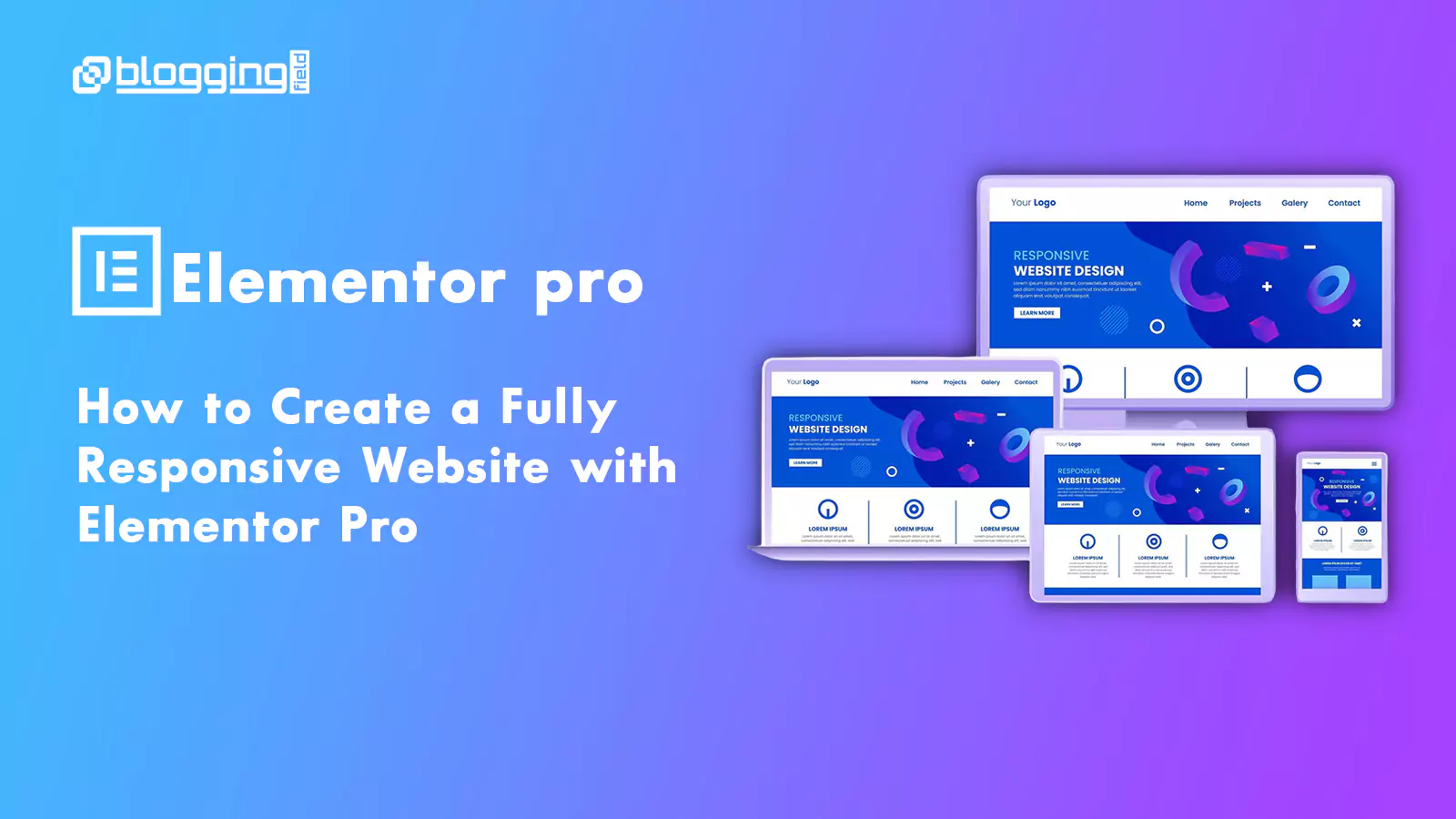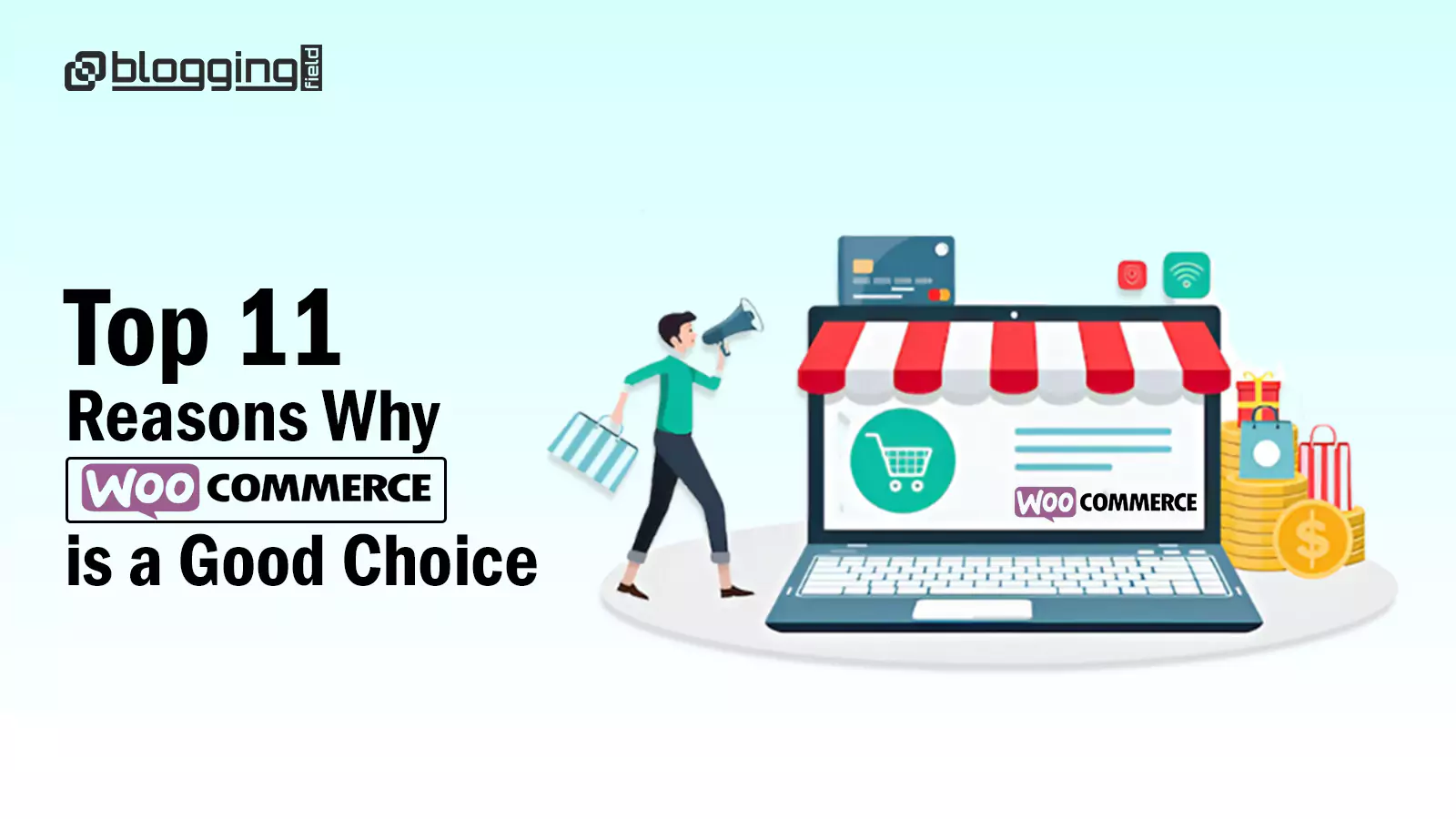Introduction
The fashion industry in 2025 is redefining digital experiences with bold design, fast performance, and immersive storytelling. Today’s leading fashion websites go beyond just selling clothes—they deliver rich, editorial-style journeys that blend aesthetics with advanced technology. From visually striking eCommerce platforms to content-driven layouts that feel like online fashion magazines, these brands are shaping the future of online retail. In this article, we’ve curated 8 of the best fashion websites of 2025—each showcasing unique design elements, innovative features, and cutting-edge user experiences that set them apart in the world of digital fashion.
10 Best Fashion Designs to Checkout
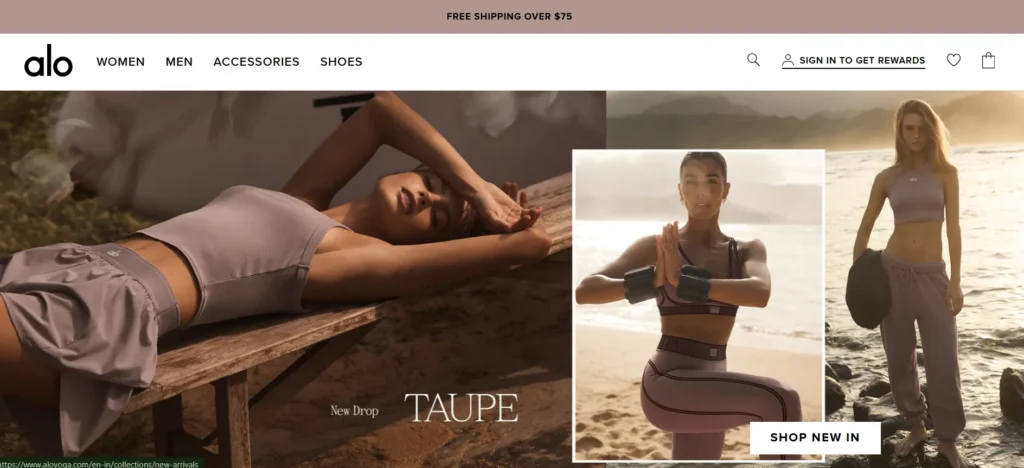
Alo Yoga has transformed from an activewear label into a global lifestyle brand, and its 2025 website is a reflection of that evolution. Combining fashion, wellness, and community, the site offers far more than just product pages — it’s an immersive digital hub designed for both inspiration and conversion. The homepage blends high-energy visuals with calming tones, promoting not only their apparel but also mindfulness content, fitness programs, and wellness events. With smart, AI-powered content modules, visitors are guided through curated collections based on lifestyle goals like “Studio to Street,” “Zen Essentials,” or “Travel Light.”
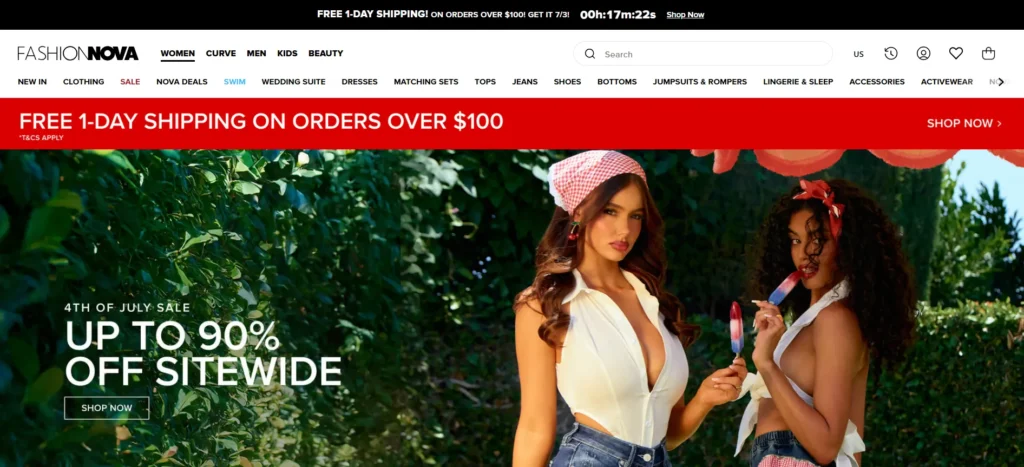
Fast fashion at its most optimized, Fashion Nova’s 2025 website is all about speed and social integration. With TikTok-inspired layouts, influencer-powered campaigns, and real-time product restock alerts, it keeps pace with a young, trend-hungry audience. Their homepage carousel promotes daily deals and hot drops, while the product pages offer user-generated content in the form of styling videos and selfies.
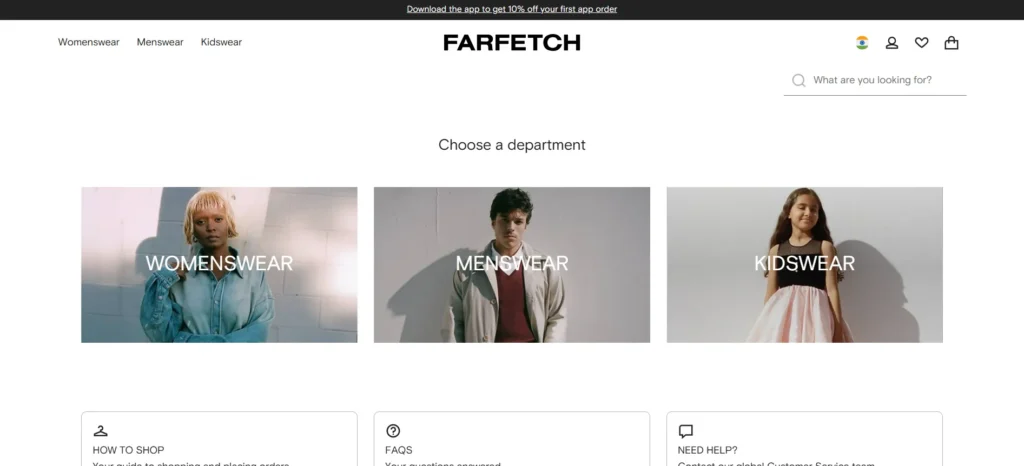
In 2025, Farfetch continues to lead the way with a marketplace-style approach to luxury fashion. The website integrates new sustainability metrics, AI-driven search, and localized content that adjusts based on user region and language. Farfetch’s design balances global scalability with a boutique shopping experience. Their “Pre-Owned” and “Conscious Edit” sections are beautifully designed and easy to navigate.
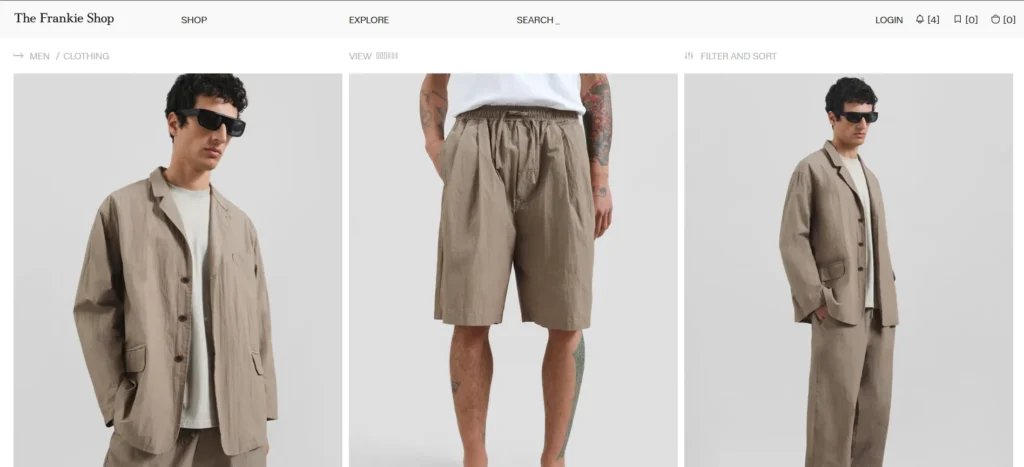
Minimal, chic, and effortlessly cool — The Frankie Shop’s website is a lesson in understated luxury. Their 2025 site uses large visuals, a muted color palette, and clear calls to action that emphasize a seamless shopping experience. With elevated product photography and simplified navigation, it aligns with the brand’s aesthetic identity perfectly. The mobile interface is especially strong, with swipeable lookbooks and gesture-based controls.
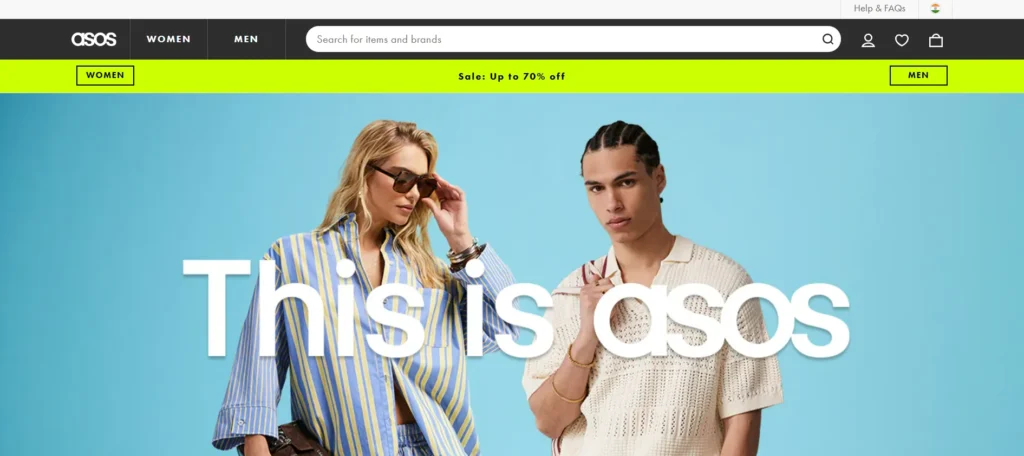
Known for catering to a younger demographic, ASOS’s 2025 website offers vibrant colors, dynamic UI animations, and highly engaging content. The platform shines in personalization — using browsing behavior to suggest fashion styles, edits, and even size recommendations. ASOS has integrated virtual styling sessions via video chat and a fashion quiz to guide users toward personalized wardrobes.
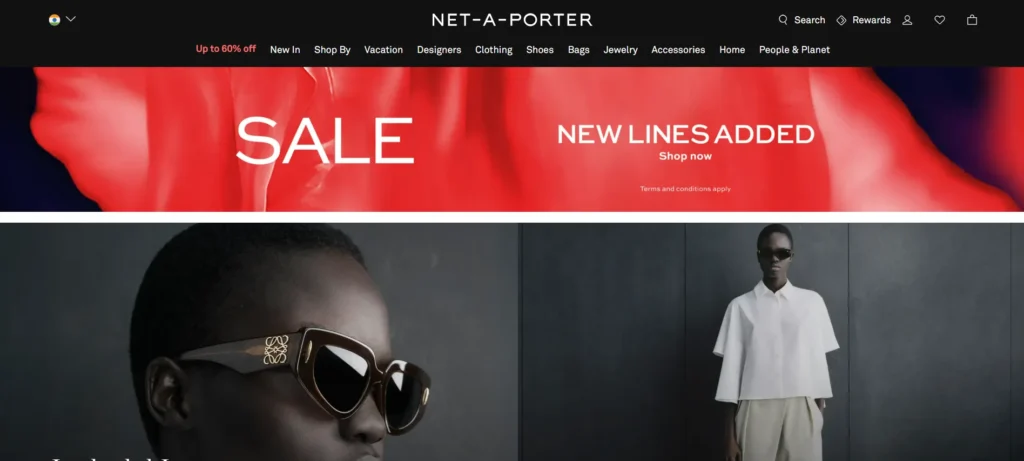
This iconic luxury retailer continues to dominate with a refined digital experience. In 2025, Net-a-Porter showcases its editorial authority with trend guides, designer spotlights, and shoppable video lookbooks. The site’s elegant typography and structured layout deliver a premium experience that mirrors a luxury fashion magazine. Their “Shop the Look” feature is now powered by AI styling tools, offering curated outfit suggestions.
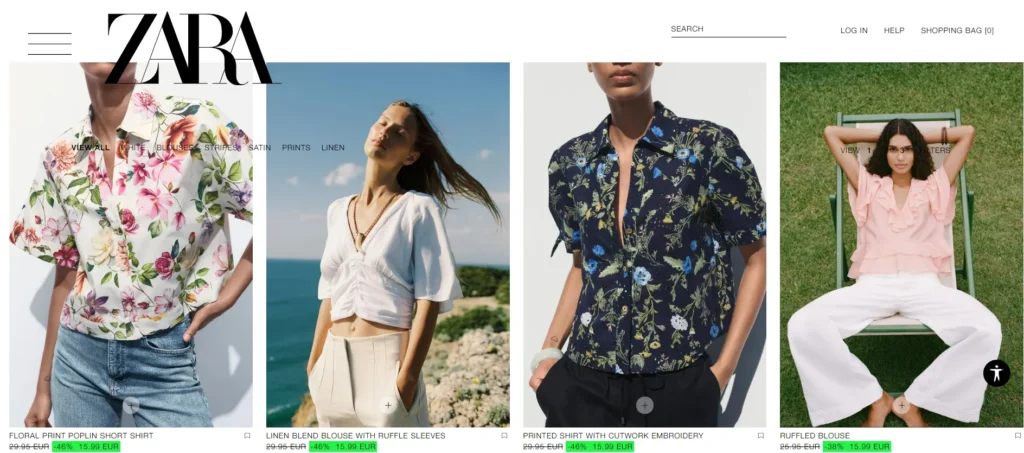
Zara has revamped its online presence in 2025 with AI-powered recommendations and an intuitive mobile-first approach. The clean grid design, ultra-fast product filters, and AR-powered “try before you buy” features make the user experience top-notch. Zara also incorporates real-time stock indicators and sustainability insights on each product page — catering to the modern conscious consumer.
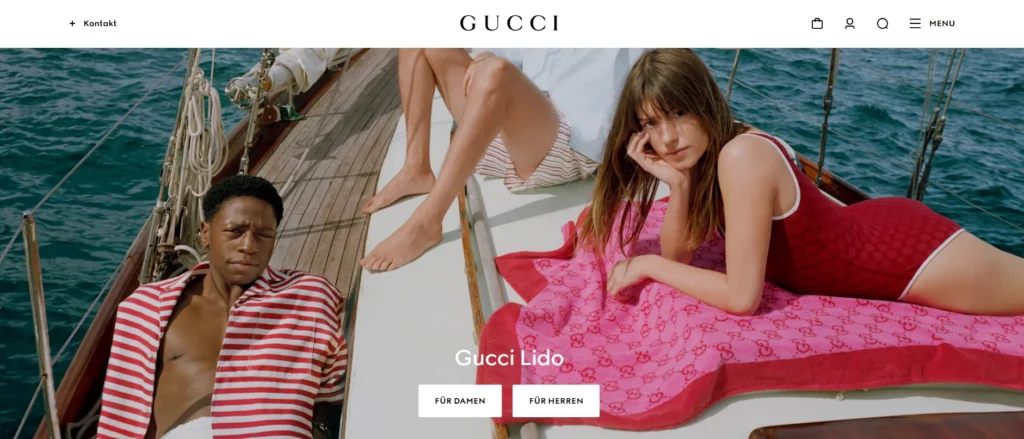
Gucci’s website continues to be a benchmark in digital luxury. In 2025, the brand has doubled down on immersive visuals and interactive experiences. High-quality video content, editorial-style product displays, and fluid navigation make it a fashion-forward masterpiece. The homepage now adapts in real-time based on product launches and campaigns, offering a curated user journey that blurs the line between eCommerce and fashion journalism.
Conclusion
In 2025, the best fashion websites are more than just digital storefronts—they are immersive brand experiences. These platforms merge creative storytelling with cutting-edge technology to captivate customers and convert visitors into loyal fans. Whether through AI personalization, editorial-style layouts, or sustainable product highlights, each of the sites on this list demonstrates how fashion and functionality can come together beautifully online.If you’re building a fashion website or reimagining your digital presence, let these examples serve as inspiration. From luxury labels to modern minimalist brands, they offer valuable insights into how great design and thoughtful UX can drive success in the fashion eCommerce space.
Frequently Asked Questions (FAQs)
What should a modern fashion website include in 2025?
A modern fashion website should offer responsive design, high-resolution visuals, intuitive navigation, fast page loading, personalized product suggestions, mobile optimization, and rich content such as videos or lookbooks.
Are sustainable fashion websites performing better in 2025?
Yes, sustainability is a major focus in 2025. Fashion websites that highlight eco-friendly practices, provide transparency on materials, and promote conscious shopping are attracting a more mindful consumer base and increasing retention
How do fashion brands use AI on their websites in 2025?
AI powers everything from personalized style recommendations and chat support to size suggestions and curated product edits. It creates a more efficient, engaging, and customized shopping journey for each user.

